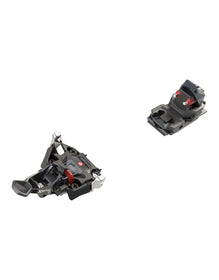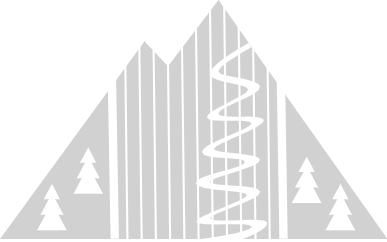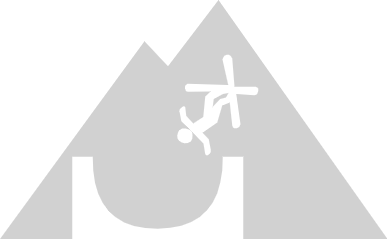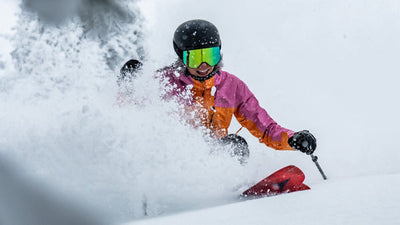K2 Wayback 96 Alpine Touring Skis 2023
K2 Wayback 96 Alpine Touring Skis 2023 - 177 is backordered and will ship as soon as it is back in stock.
Couldn't load pickup availability


Clearance
Clearance
Clearance items are not eligible for change of mind returns
Fast FREE Shipping
Fast FREE Shipping
- We offer Fast, FREE Shipping on all orders.
- Order by Midday for same business day shipping. (exc skis requiring mounting)
- Express Post available on non-bulky items, select at checkout.
- Delivery Estimates on our Shipping Page.
- December can be a stressful period for shipping, please allow extra time where possible.
30 Day Returns
30 Day Returns
We offer 30 day returns on all non-Clearance items. Full T&C and link to our Return Portal on our Returns Page
Expert Advice
Expert Advice
We are avid skiers, and use as much of our gear as we can.
We review our skis on our YouTube Channel & you can always Contact Us for expert product advice.
Description
Description
The K2 Wayback 96 is a lightweight and high performance touring ski that is great in Australian conditions. 96mm waist is a great balance for typical Australian conditions where hard-snow and soft-snow performance is required. All built into an ultra-light package, only 1325g in a 170cm.
Who’s it for?
The Wayback is perfect for someone to get out there, really out there. These are great as an uphill focused touring ski that doesn’t see time in the resort. Package them up with a lightweight pin touring binding and see how far your legs can take you.
Why we love it?
The Wayback is the largest selling touring ski series worldwide for a reason. They are a great shape: progressive tip rocker, minimal tip rocker, a lightweight core with Ti re-inforcement for increased power and holding bindings in. Everything about them screams backcountry and that's something the K2 have perfected over a huge number of years.
Features
Specifications
Specifications
-
Best Uses:
Alpine Touring
Alpine Touring
-
-
Rocker Profile:
Rocker - Camber
Rocker - Camber
-
-
Radius:
22m (177cm)
22m (177cm)
-
Ski Flex:
Stiff
Stiff
-
Ability Level:
Intermediate - Advanced
Intermediate - Advanced
-
Weight:
1397g (177cm)
1397g (177cm)
-
Dimensions:
Length 170 177 184 Tip Width (mm) 128 128 128 Waist Width (mm) 96 96 96 Tail Width (mm) 115 115 115 Radius 20m 22m 24m



















